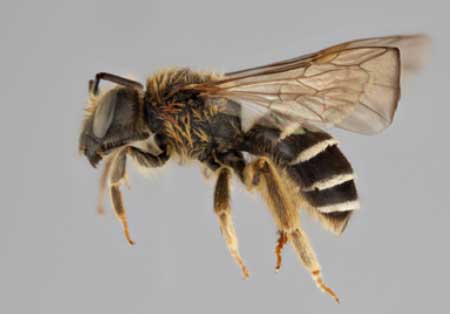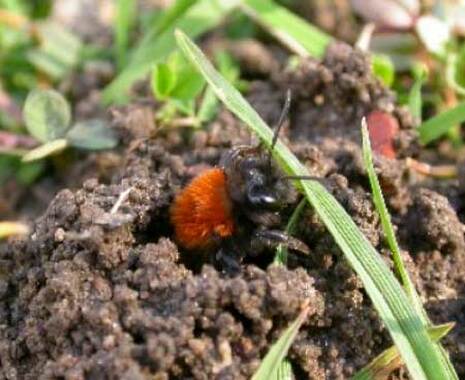Illustration © nic-nic 2019
Pest or guest of the month
|
This monthly selection offers a description of some of Warriston's beasty and 'beastly' inhabitants and advice on how to live with them organically. Find more in our Pest or Guest archive |




